Skin Cancer Treatment Options and How to Know Which Is Right for You
- Posted on: Aug 27 2024

Skin cancer is the most common cancer diagnosed in the United States, and one of every five people develops skin cancer at some point in their life.
After a skin cancer diagnosis, understanding your treatment options – and, most importantly, choosing the right option for you – is essential. The skin care experts at Asarch Dermatology are here to guide you every step of the way.
A personalized treatment plan
First, the good news: most skin cancer is treatable if it’s caught early.
To identify the best skin cancer treatment option(s) for you, your Asarch dermatologist will consider things like:
- The type of cancer
- The cancer’s location
- The cancer’s size and depth
- If the cancer has spread
- The goal of the treatment
- Your overall health
- Potential side effects
We take the time to thoroughly explain the recommended option(s), including benefits and drawbacks, and answer any questions you have. Together, we’ll create a personalized treatment plan that is right for you.
Skin cancer treatment options
Small skin cancers limited to the surface of the skin may not require treatment beyond an initial biopsy that removes the entire growth. But if your skin cancer is more advanced, your treatment options will vary based on the factors listed above.
Excisional surgery
This surgery is often appropriate for any type of skin cancer. During the procedure, your Asarch dermatologist cuts out – or excises – the cancerous tissue along with a surrounding margin of healthy skin. (We may recommended a wider excision that removes additional normal skin around the area in some cases.)
You can usually have excisional surgery as a day patient with local anesthetic. However, for larger surgeries, you might need a general anesthetic and be asleep for the procedure. Your recovery time will depend on the type of surgery you have.
Mohs surgery
Mohs surgery is a surgical option for larger, recurring, or difficult-to-treat skin cancers, which may include basal cell carcinoma or squamous cell carcinoma. This procedure is often used in sensitive or cosmetically important areas where it’s necessary to conserve as much skin as possible (such as your nose, ears, lips, eyelids, fingers, or scalp).
During Mohs surgery, we remove the skin cancer layer by layer, examining each layer with a microscope until no cancer cells remain. This process enables us to remove the cancerous growth without taking an excessive amount of healthy surrounding skin, minimizing your discomfort and recovery time.
Radiation therapy
Radiation therapy, which can treat many types of skin cancer, uses high-energy waves (similar to X-rays) to kill cancer cells. As you lie on a table, the radiation machine rotates around you to deliver radiation to the targeted area(s).
Your Asarch dermatologist may suggest radiation therapy if the skin cancer covers a large area of your body or cannot be removed completely during surgery. We may also recommend radiation therapy after surgery to lower the risk of the cancer coming back or if the cancer has spread to other parts of your body.
Chemotherapy
Chemotherapy uses anti-cancer drugs to destroy cancer cells. For cancers limited to the top layer of skin, your Asarch dermatologist may suggest anti-cancer medications that can be applied directly to your skin (typically creams or lotions). This form of treatment is known as topical chemotherapy.
If the cancer has spread to other parts of your body, you may require systemic chemotherapy via pills, injections, or IV drips. With this form of treatment, anti-cancer drugs enter and travel through your bloodstream to destroy cancer cells in various locations.
Biological therapy
Biological therapy prompts your immune system to kill cancer cells by putting chemicals in your body that tell your immune system to attack. These chemicals also make it easier for your immune system to find cancer cells by turning on or off the signals that help them hide.
For instance, drugs called immune checkpoint inhibitors are designed to target certain receptors on the surface of cancer cells, then block the signals they send to keep your immune system from fighting them.
Chemical peel
Chemical peels are sometimes used to treat precancerous skin conditions, including actinic keratosis (which can develop into basal cell carcinoma or squamous cell carcinoma).
During the procedure, we apply a chemical such as trichloroacetic acid to the affected area, killing the precancerous cells. This may lead to redness and peeling of the skin over the next several days.
Photodynamic therapy
Photodynamic therapy destroys cancer cells with a combination of laser light and medications that make the cells sensitive to light. This treatment option is suitable for actinic keratosis, certain basal cell carcinomas, and other skin cancers that are not too deep.
Your Asarch dermatologist applies a cream that contains the light-sensitizing chemical to the skin cancer and surrounding area, then shines a special light on the treatment area to kill the cells while leaving normal cells intact.
Asarch Dermatology has your skin cancer solutions
When skin cancer strikes, you can trust the experts at Asarch Dermatology to provide you with the most up-to-date treatment options and the highest standard of care.
To learn more, schedule a skin cancer consultation today.
Posted in: Skin Cancer
